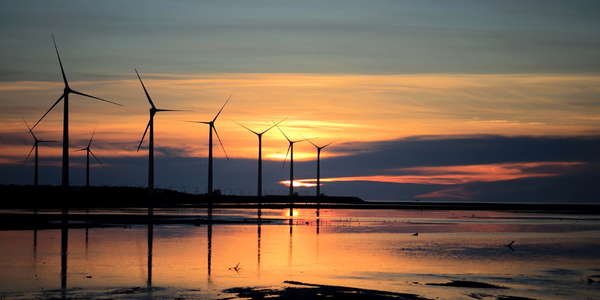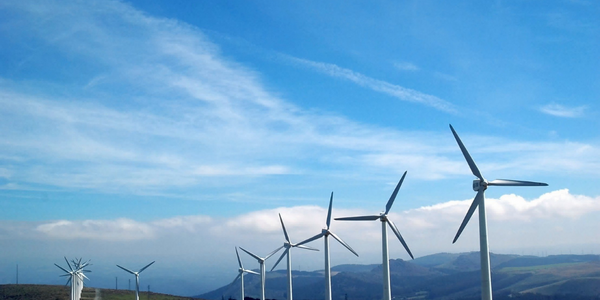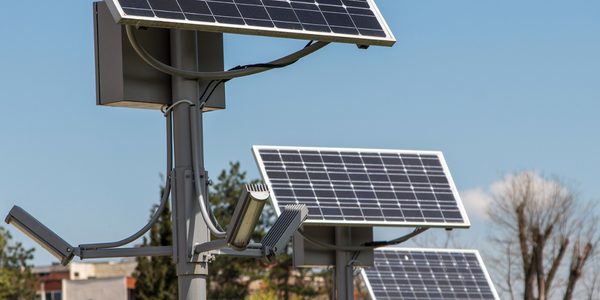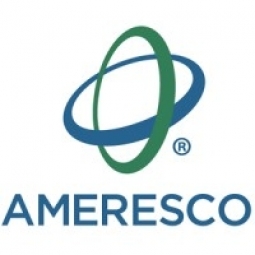Technology Category
- Sensors - Environmental Sensors
- Sensors - Utility Meters
Applicable Industries
- National Security & Defense
- Renewable Energy
Applicable Functions
- Maintenance
- Product Research & Development
Use Cases
- Construction Management
- Smart Irrigation
Services
- System Integration
About The Customer
Hickam Communities LLC (HC) is a military housing community owned and managed by Lendlease, located at Joint Base Pearl Harbor-Hickam (JBPHH) Air Force Base in Hawaii. The community consists of over 2,500 privatized military housing units. Lendlease is a leading global real estate and investment group with operations in Australia, Asia, Europe, and the Americas. They manage one of the largest military housing portfolios in the US and are the Army’s exclusive partner for lodging. Lendlease has worked extensively with the Department of Defense through the Military Housing Privatization Initiative (MHPI), a program that provides for the transfer of military housing assets to private sector companies.
The Challenge
Hickam Communities LLC (HC), owned and managed by Lendlease, at Joint Base Pearl Harbor-Hickam (JBPHH) Air Force Base in Hawaii, was facing the challenge of modernizing over 2,500 privatized military housing units with energy-efficient solutions. The project required a significant investment, which was to be generated without the need for congressional appropriations. The goal was to significantly increase energy efficiency, reduce carbon emissions, and enhance the comfort of military families residing in these units. The project was expected to generate $13 million in annual cost savings, which would be used to pay for the improvements, financing costs, and operations and maintenance services over a 25-year performance period.
The Solution
Ameresco, Inc., a leading clean technology integrator specializing in energy efficiency and renewable energy, partnered with Hickam Communities for a $102 million energy conservation project. The project included a 25-year O&M service agreement to assure the performance and savings. Ameresco implemented significant efficiency upgrades to improve the energy performance of the homes and enhance the comfort of the military families and personnel occupying them. The project was designed to decrease HC’s grid-tied consumption by 30% over the 25-year term of the project performance period. Ameresco replaced the community’s existing HVAC systems with new, high-efficiency water source heat pump systems and deployed smart home energy thermostats. They also retrofitted water fixture devices, provided irrigation system enhancements, and installed a web-enabled smart irrigation control system. The project scope also included the installation of high-efficiency LED streetlights and interior lighting.
Operational Impact
Quantitative Benefit

Case Study missing?
Start adding your own!
Register with your work email and create a new case study profile for your business.
Related Case Studies.

Case Study
Remote Monitoring & Predictive Maintenance App for a Solar Energy System
The maintenance & tracking of various modules was an overhead for the customer due to the huge labor costs involved. Being an advanced solar solutions provider, they wanted to ensure early detection of issues and provide the best-in-class customer experience. Hence they wanted to automate the whole process.

Case Study
Vestas: Turning Climate into Capital with Big Data
Making wind a reliable source of energy depends greatly on the placement of the wind turbines used to produce electricity. Turbulence is a significant factor as it strains turbine components, making them more likely to fail. Vestas wanted to pinpoint the optimal location for wind turbines to maximize power generation and reduce energy costs.

Case Study
Siemens Wind Power
Wind provides clean, renewable energy. The core concept is simple: wind turbines spin blades to generate power. However, today's systems are anything but simple. Modern wind turbines have blades that sweep a 120 meter circle, cost more than 1 million dollars and generate multiple megawatts of power. Each turbine may include up to 1,000 sensors and actuators – integrating strain gages, bearing monitors and power conditioning technology. The turbine can control blade speed and power generation by altering the blade pitch and power extraction. Controlling the turbine is a sophisticated job requiring many cooperating processors closing high-speed loops and implementing intelligent monitoring and optimization algorithms. But the real challenge is integrating these turbines so that they work together. A wind farm may include hundreds of turbines. They are often installed in difficult-to-access locations at sea. The farm must implement a fundamentally and truly distributed control system. Like all power systems, the goal of the farm is to match generation to load. A farm with hundreds of turbines must optimize that load by balancing the loading and generation across a wide geography. Wind, of course, is dynamic. Almost every picture of a wind farm shows a calm sea and a setting sun. But things get challenging when a storm goes through the wind farm. In a storm, the control system must decide how to take energy out of gusts to generate constant power. It must intelligently balance load across many turbines. And a critical consideration is the loading and potential damage to a half-billion-dollar installed asset. This is no environment for a slow or undependable control system. Reliability and performance are crucial.

Case Study
Remote Monitoring and Control for a Windmill Generator
As concerns over global warming continue to grow, green technologies are becoming increasingly popular. Wind turbine companies provide an excellent alternative to burning fossil fuels by harnessing kinetic energy from the wind and converting it into electricity. A typical wind farm may include over 80 wind turbines so efficient and reliable networks to manage and control these installations are imperative. Each wind turbine includes a generator and a variety of serial components such as a water cooler, high voltage transformer, ultrasonic wind sensors, yaw gear, blade bearing, pitch cylinder, and hub controller. All of these components are controlled by a PLC and communicate with the ground host. Due to the total integration of these devices into an Ethernet network, one of our customers in the wind turbine industry needed a serial-to-Ethernet solution that can operate reliably for years without interruption.

Case Study
Temperature monitoring for vaccine fridges
Dulas wanted a way to improve the reliability of the cold chain, facilitating maintenance and ensuring fewer vaccines are spoiled. Dulas wanted an M2M solution which would enable them to record and report the temperature inside vaccine refrigerators.

Case Study
IoT Powering A New Way to Light Streets with Bifacial Solar Panels
When James Meringer’s commercial contracting business experienced a rapid increase in solar projects, he also saw an opportunity to extend the benefits of solar by using the bifacial solar panels he’d become familiar with in new ways. Bifacial solar panels enable sunlight from both sides of the panel, making it a more efficient harvest of solar power. Seeing the panel’s power, James and his team set out to use the same technology for street lighting. Until now, solar street lights have served as utilitarian solutions that force designers to choose between form and function. The Mira Bella Energy team has changed that.







